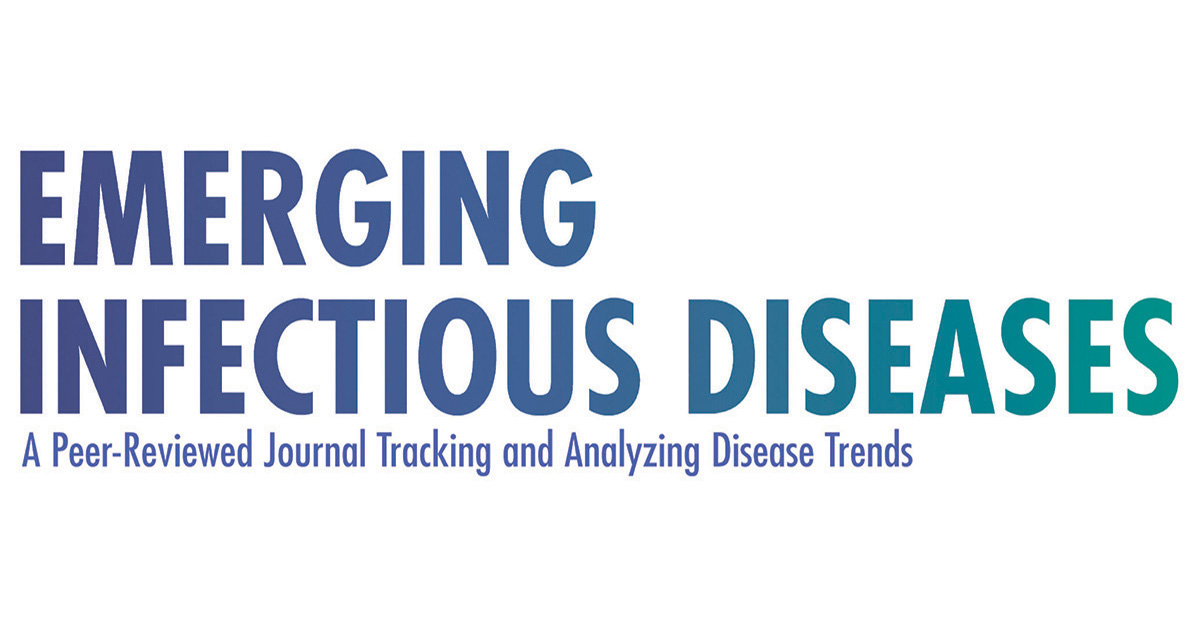Volume 21, Number 4?April 2015
Dispatch
Severity of Influenza A(H1N1) Illness and Emergence of D225G Variant, 2013?14 Influenza Season, Florida, USA
Author affiliations: University of Florida, Gainesville, Florida, USA (N.M. Iovine, J.G. Morris Jr., K. Fredenburg, K. Rand, H. Alnuaimat, G. Lipori, J.A. Lednicky); Florida Department of Health, Gainesville (J. Brew)Nicole M. Iovine , J. Glenn Morris, Kristianna Fredenburg, Kenneth Rand, Hassan Alnuaimat, Gloria Lipori, Joseph Brew, and John A. Lednicky
, J. Glenn Morris, Kristianna Fredenburg, Kenneth Rand, Hassan Alnuaimat, Gloria Lipori, Joseph Brew, and John A. Lednicky
Suggested citation for this article
Abstract
Despite a regional decline in influenza A(H1N1)pdm09 virus infections during 2013?14, cases at a Florida hospital were more severe than those during 2009?10. Examined strains had a hemagglutinin polymorphism associated with enhanced binding to lower respiratory tract receptors. Genetic changes in this virus must be monitored to predict the effect of future pandemic viruses.
Conclusions
We hypothesize that the emergence of an influenza virus variant bearing the D225G polymorphism enabled the 2013 H1N1 virus to infect lower and upper respiratory tract cells, thereby contributing to the increased severity of the 2013?14 influenza season in our region. Our findings highlight the importance of monitoring genetic changes in the 2013 H1N1 virus to predict the effect of future influenza viruses
Dispatch
Severity of Influenza A(H1N1) Illness and Emergence of D225G Variant, 2013?14 Influenza Season, Florida, USA
Author affiliations: University of Florida, Gainesville, Florida, USA (N.M. Iovine, J.G. Morris Jr., K. Fredenburg, K. Rand, H. Alnuaimat, G. Lipori, J.A. Lednicky); Florida Department of Health, Gainesville (J. Brew)Nicole M. Iovine
Suggested citation for this article
Abstract
Despite a regional decline in influenza A(H1N1)pdm09 virus infections during 2013?14, cases at a Florida hospital were more severe than those during 2009?10. Examined strains had a hemagglutinin polymorphism associated with enhanced binding to lower respiratory tract receptors. Genetic changes in this virus must be monitored to predict the effect of future pandemic viruses.
Conclusions
We hypothesize that the emergence of an influenza virus variant bearing the D225G polymorphism enabled the 2013 H1N1 virus to infect lower and upper respiratory tract cells, thereby contributing to the increased severity of the 2013?14 influenza season in our region. Our findings highlight the importance of monitoring genetic changes in the 2013 H1N1 virus to predict the effect of future influenza viruses
